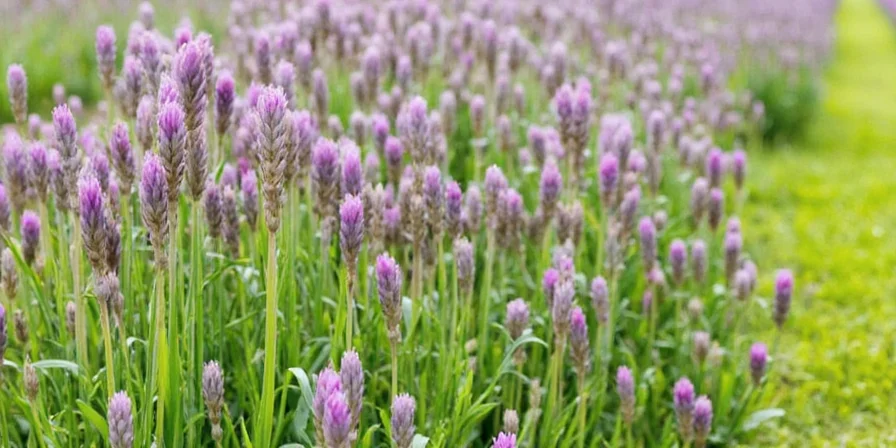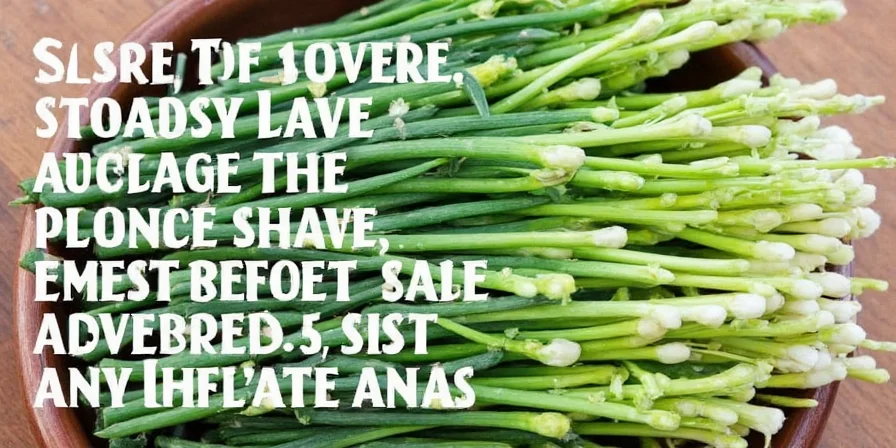Chives aren't just for garnish—they're the secret weapon professional chefs use to elevate simple dishes. This guide delivers exactly what home cooks need: practical techniques for growing, storing, and using fresh chives properly (including how to avoid the #1 mistake that ruins their flavor).
What Are Chives and How to Use Them Properly
Chives (Allium schoenoprasum) are the mildest member of the onion family, perfect for adding subtle garlic-onion flavor without overwhelming dishes. Unlike scallions or regular onions, chives should never be cooked—heat destroys their delicate flavor compounds. Use them as a finishing touch on soups, salads, eggs, and potatoes for an instant flavor upgrade.
Chives vs Scallions: The Visual Guide Home Cooks Need
| Chives | Scallions | |
|---|---|---|
| What to Look For | Skinny, completely hollow green tubes (no white bulb) | White bulb base with greener tops |
| Flavor Profile | Very mild, fresh onion flavor | Stronger onion/garlic taste |
| Best Uses | Raw only: sprinkle on finished dishes | Raw or cooked (white parts better for cooking) |
Mistaking these two causes most chive problems. If your 'chive' dish tastes too strong, you likely used scallions by mistake. True chives should provide just a hint of flavor.

How to Grow Chives Indoors (Even in Small Spaces)
You don't need a garden to have fresh chives year-round. Here's the simplest method that works in any apartment:
- Buy one bunch from the grocery store (look for firm, dark green stems)
- Cut 1 inch above roots and place roots in a small glass of water
- Change water every 2-3 days until new growth appears (usually 5-7 days)
- Transfer to 6-inch pot with regular potting soil once roots are established
- Place on sunny windowsill and water when soil feels dry
Harvest by cutting stems 2 inches above soil when they reach 6 inches tall. Never remove more than 1/3 of the plant at once. With this method, you'll have continuous harvests for months.

The Right Way to Store and Use Fresh Chives
Chives lose flavor quickly if stored improperly. Follow these chef-tested methods:
- Short-term storage (up to 1 week): Wrap in slightly damp paper towel and place in airtight container in refrigerator crisper drawer
- Long-term storage: Freeze whole stems on baking sheet, then transfer to freezer bag (don't chop first)
- When cooking: Always add at the very end—even 30 seconds of heat destroys their flavor
- Cutting technique: Use scissors (not knives) to prevent bruising and flavor loss
Pro tip: Mix chopped chives with sour cream or cream cheese immediately after cutting—the fat preserves flavor better than oil or vinegar.
5 Everyday Dishes That Taste Better With Chives
Stop wasting your chives as mere garnish. Add them to these common dishes for instant flavor improvement:
- Scrambled eggs: Stir in 1 tablespoon chopped chives just before eggs set
- Potato salad: Replace half the onion with chives for milder flavor
- Salad dressings: Add to vinaigrettes after emulsifying (heat from whisking damages flavor)
- Soup finisher: Sprinkle on creamy soups instead of parsley
- Butter upgrade: Mix 2 tbsp chopped chives with 1/4 cup softened butter
Frequently Asked Questions
Can I grow chives from seeds indoors?
Yes, but it takes 3-4 weeks to establish. Plant seeds 1/4 inch deep in moist soil, keep at 60-70°F, and expect sprouts in 7-14 days. Use grocery store chives for faster results.
Why do my chives turn yellow after cutting?
This happens when you use metal knives—the blade reacts with chive compounds. Always use plastic or ceramic scissors for cutting, and store in airtight containers with slightly damp paper towel.
Are chive flowers edible?
Yes! The purple flowers have a milder flavor and make beautiful salad toppings. They contain more antioxidants than the leaves. Use them fresh as garnish—cooking destroys their delicate taste.
How often can I harvest chives?
Wait until plants reach 6 inches tall, then cut stems to 2 inches above soil. Never harvest more than 1/3 of the plant at once. With proper care, you can harvest every 3-4 weeks during growing season.











 浙公网安备
33010002000092号
浙公网安备
33010002000092号 浙B2-20120091-4
浙B2-20120091-4